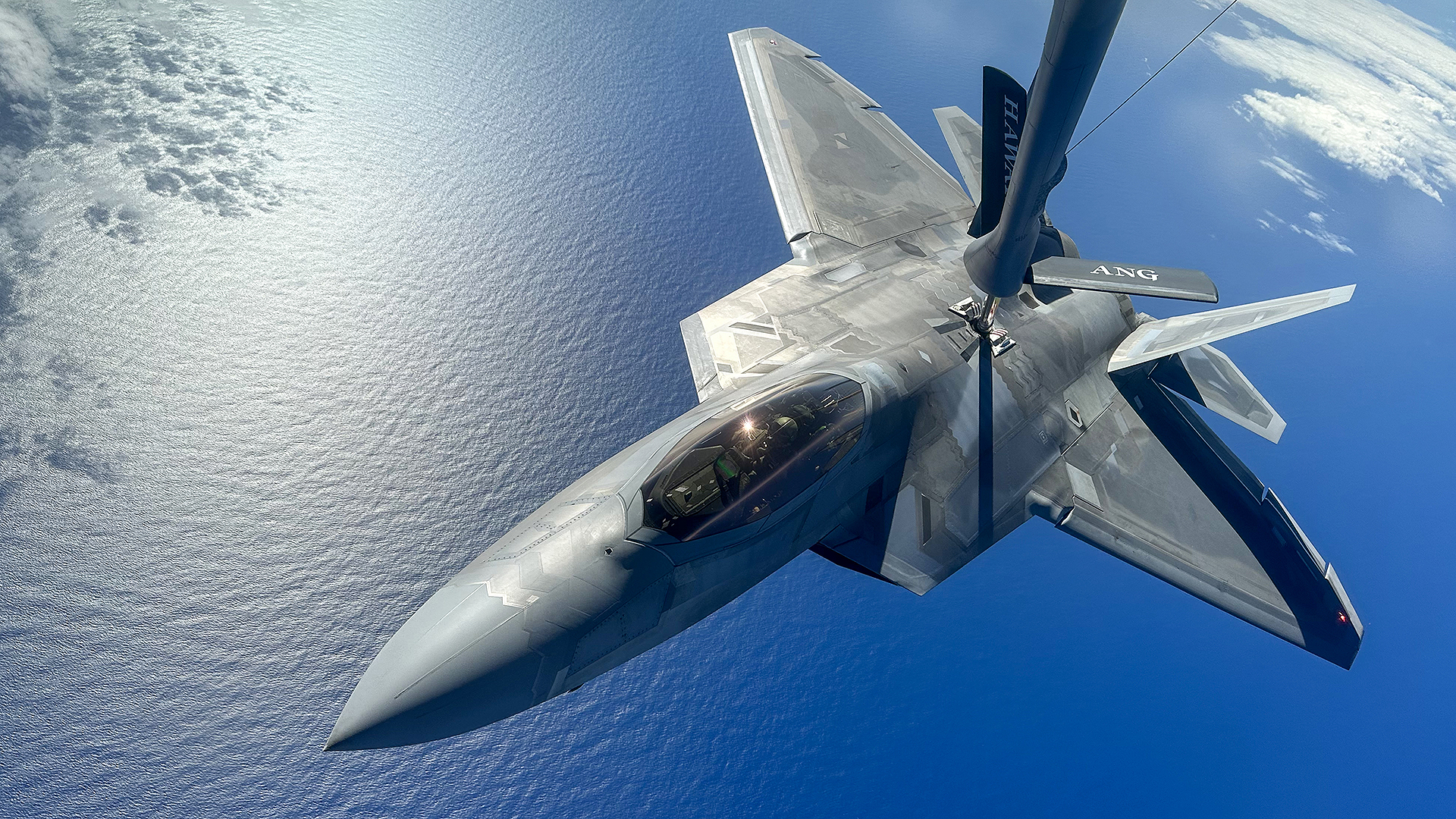The War Zone recently spoke with the commander of Nellis Air Force Base’s 57th Wing, Brig. Gen. Richard Goodman about the latest developments at the famed installation. He explained how Nellis’s role as the nexus for evolving cutting-edge capabilities and tactics development, training, and the latest warfighting rehearsals, is expanding. This includes a brand new large-scale exercise, dubbed Bamboo Eagle, which is keenly focused on preparing to fight a major war in the Pacific.
The U.S. Air Force-led air combat exercise is already underway and taking place from airbases along the California coastline. It’s a spin-off of Exercise Red Flag that was just held at Nellis Air Force Base this month. The participants from the latest iteration of this exercise, Red Flag 24-1, including U.S., Australian, and British squadrons, decamped from Nellis between January 26-27 and made the short hop to the west coast in preparation for Bamboo Eagle.
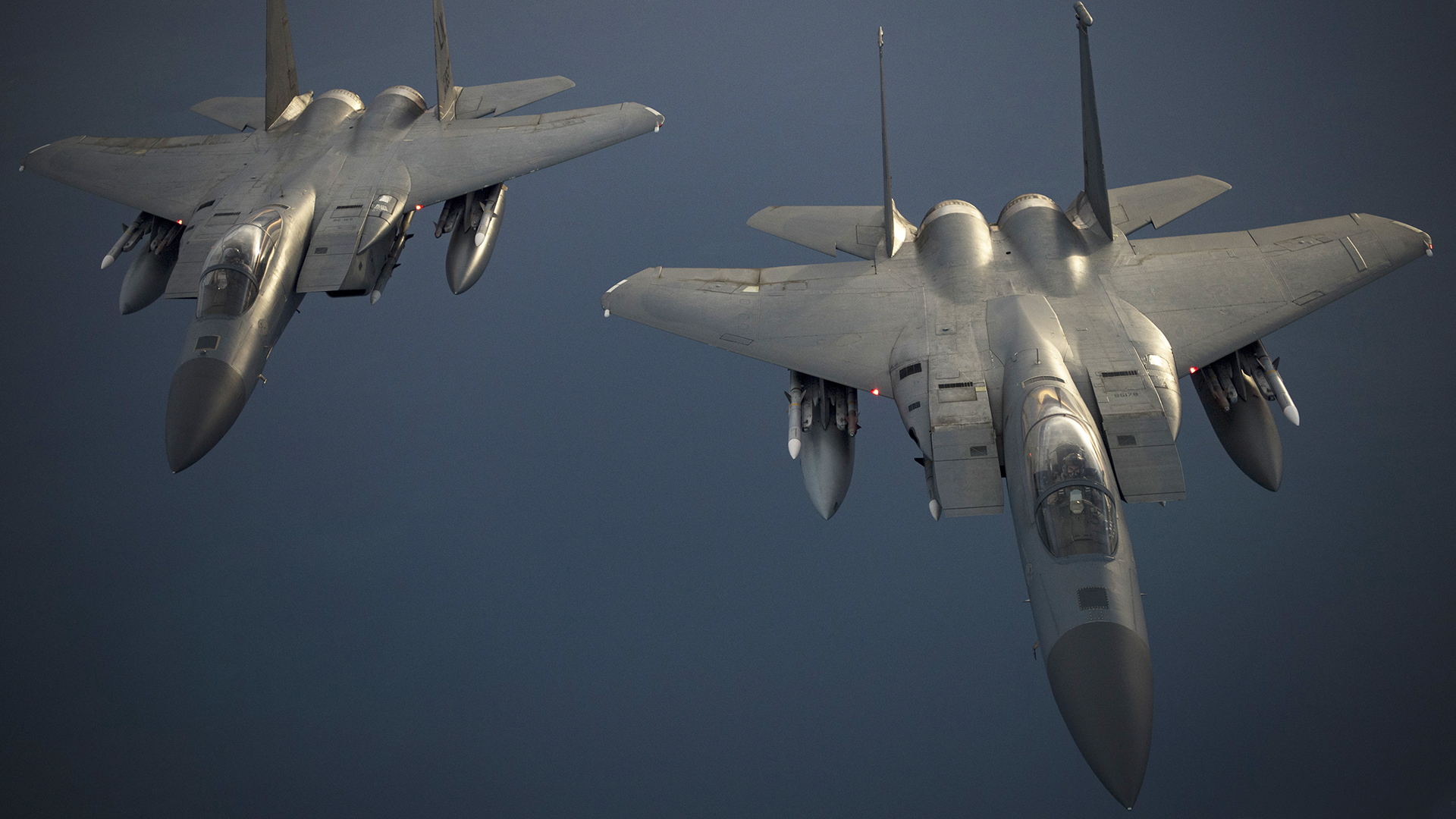
A U.S. Navy media release gave an indication of the commencement of this new and unique training event. While not naming the exercise or providing any details, it stated that as of January 26, 2024, “aircraft will be arriving at Naval Base Ventura County (NBVC), Point Mugu, in support of a U.S. Air Force Warfare Center exercise. The exercise will focus on training and readiness across multiple domains. Flight operations will occur in designated airspace off the coast of Southern California, through February 2, 2024. Communities in the Camarillo, Oxnard, and Thousand Oaks area may experience increased jet activity and noise during this time.”
“The kind of activities that happen at Nellis lead the way for the U.S. Air Force, the Joint Force, and our allies,” Brig. Gen. Goodman told The War Zone. “Over the past two to three years the Weapons School here has moved to a model of advanced integration that notably includes maritime operations, Joint Force integration in the maritime environment, operations in long-range over-water environments, Agile Combat Employment, disaggregated mission generation, and aggregation of combat air power.”
In May 2024, the USAF Weapons School at Nellis will mark its 75th anniversary, having started out as the Aircraft Gunnery School in 1949. The Weapons School trains the USAF’s brightest minds to become its next-generation leaders and mission experts. “It has spearheaded a new construct of Exercise Red Flag – that we’re executing right now – as well as what we’re about to do in Exercise Bamboo Eagle,” explained Brig. Gen. Goodman in an interview shortly before the exercise kicked-off.
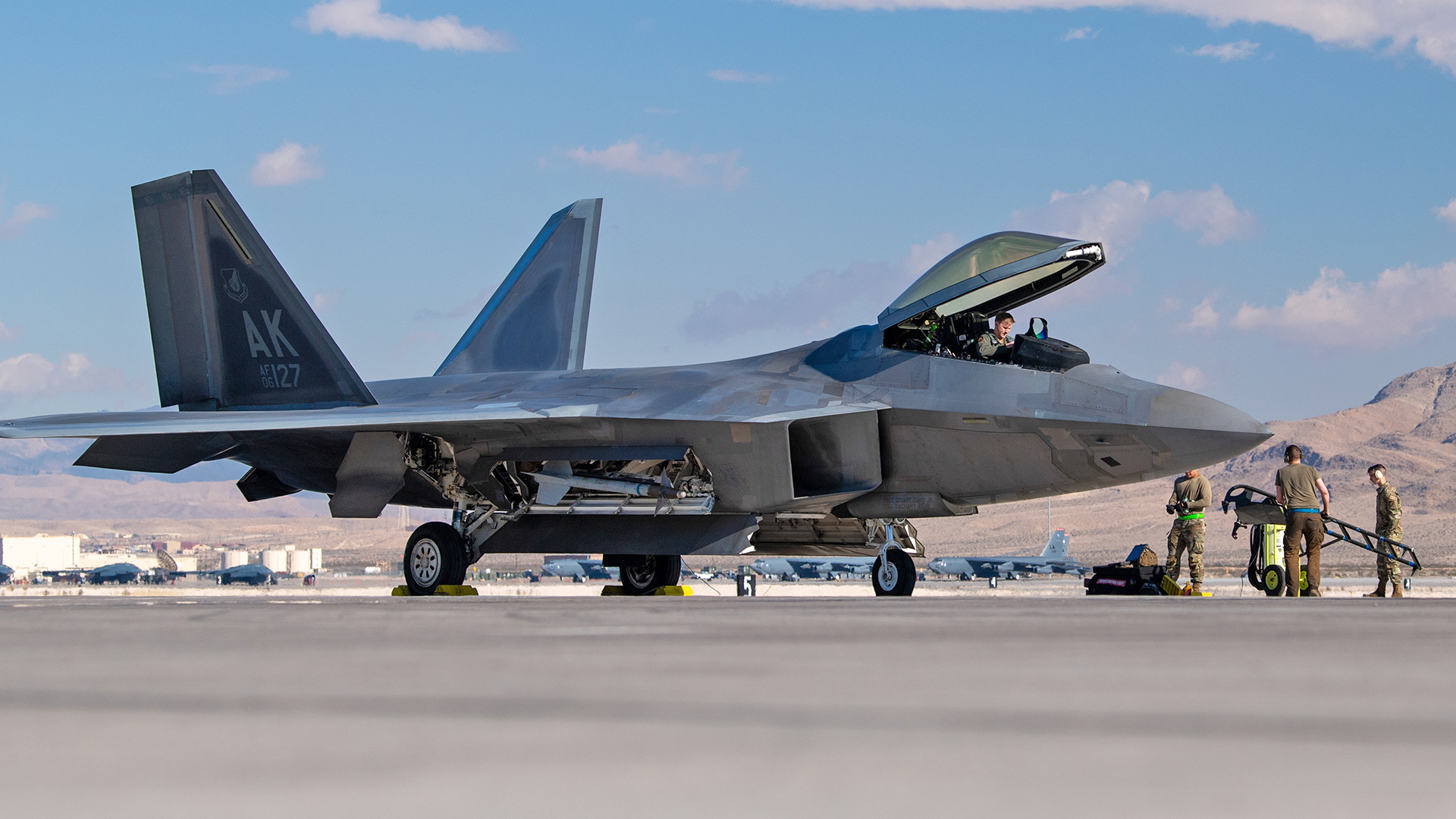
Bamboo Eagle and some of its critical elements, such as command and control (C2), were rehearsed in the during a recent Virtual Flag exercise. “The INDOPACOM AOR [U.S. Indo-Pacific Command Area Of Responsibility] challenged the combined force to address unique problem sets associated with tyranny of distance, including geographic separation, logistics, time, distance, and communications with a focus shift from a primarily land-based exercise to an expanded sea component,” said Maj. Andrew Metz, of the 705th Combat Training Squadron/Distributed Mission Operations Center and Virtual Flag Coalition 24 exercise director, in a recent media release.
The Distributed Mission Operations Center (DMOC) located at Kirtland Air Force Base, New Mexico, reports to the 505th Combat Training Group at Nellis and it is responsible for multi-domain training, tactics, techniques, and procedures (TTPs) for development, test, and experimentation.
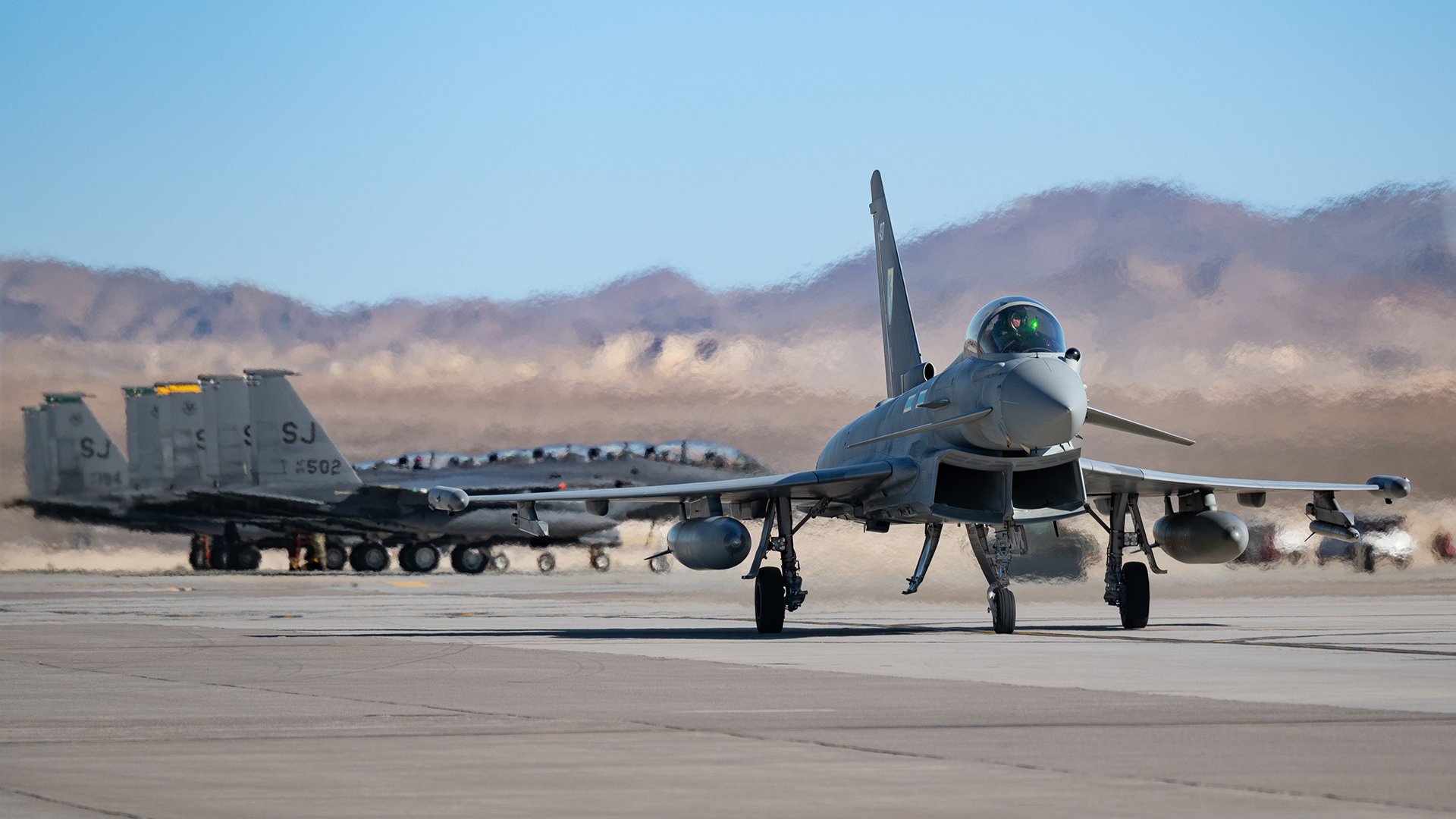
Exercise Virtual Flag: Coalition 24, held in December 2023 at Kirtland, supported the USAF Warfare Center’s (USAFWC) Pacing Challenge Campaign Plans and was designed to enhance theater-level situational awareness where command and control (C2) over vast distances is of paramount importance. It was followed by the USAFWC’s first-ever combined C2-driven, live-fly, and live-virtual constructive (LVC) exercise – Bamboo Eagle, which effectively fitted in as the third week of Red Flag 24-1 in January 2024. “Bamboo Eagle will execute 24/7 operations at Nellis, Kirtland, and Hurlburt Field, as well as at distributed locations,” according to the news release.
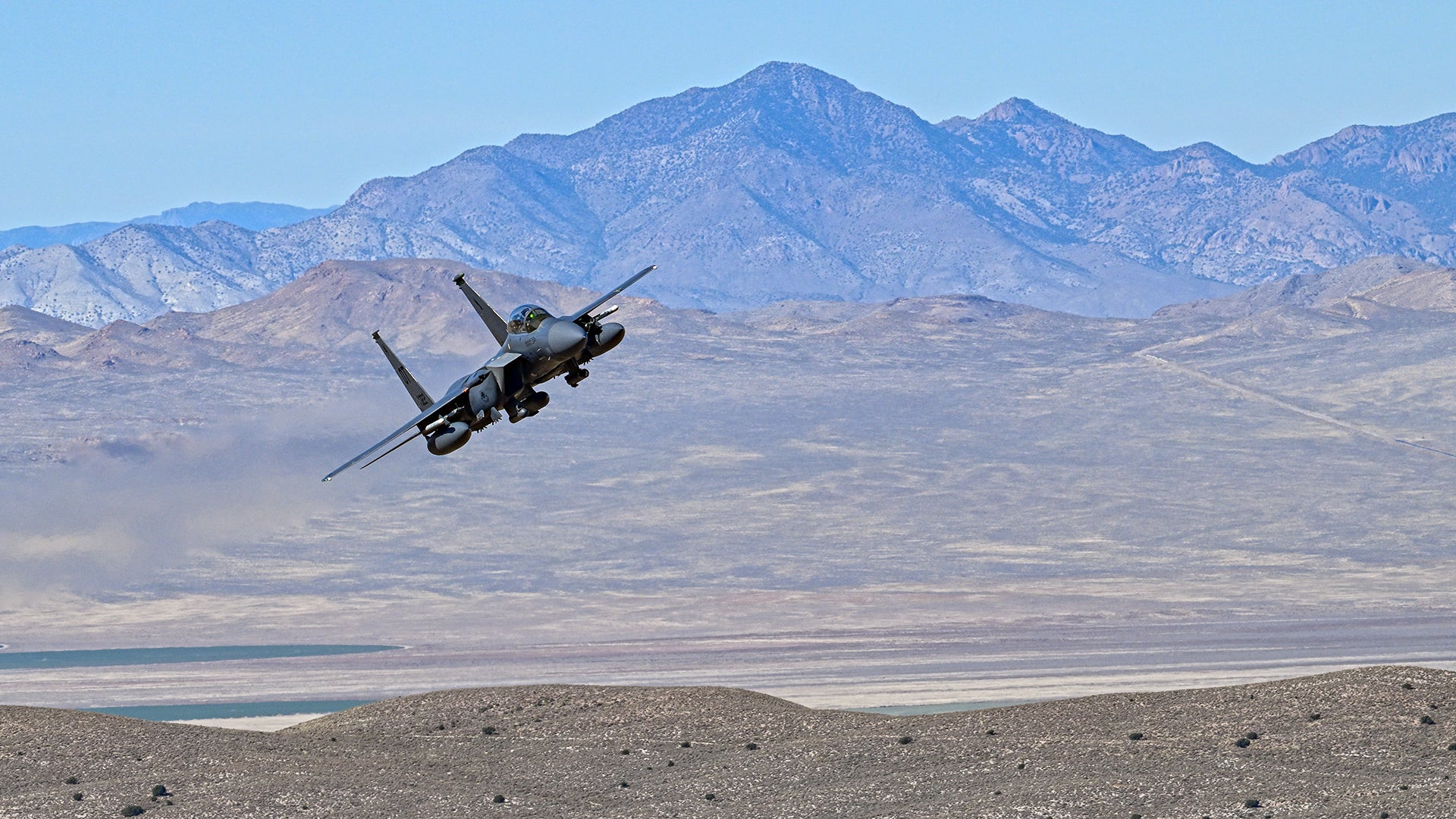
“The advanced training portfolio we have within the 57th Wing at Nellis has pivoted towards what we call the Pacing Challenge, which includes a lot of the Indo-Pacific challenges,” said Gen. Goodman, the 57th Wing commander. “We are talking about things like distributed basing, challenged command and control [C2], dis-aggregated operations, and the aggregation of combat air power to be applied at the time and place of our choosing. With advanced threats, over water, tyranny of distance, and really stressing elements such as air-to-air refueling, long-range communications, command-and-control — these are certainly a part of our Red Flag experience and the events that we are focusing on within the 57th Wing.”
As noted earlier in this piece, Bamboo Eagle follows hot on the heels of the well-established Red Flag exercise at Nellis, which makes extensive use of the Nevada Test and Training Range (NTTR). It is leveraging the units assigned to Red Flag, which moved away from the Nevada base to a series of locations along the West Coast. “I believe it’s an important evolution – not to replace Red Flag but to complement it in our operational level warfighting capabilities,” comments Gen. Goodman.
In 2023, the USAF experimented with an initial maritime pivot away from Nellis as the final part of a Red Flag exercise. “It’s different this time in terms of magnitude and scale, and training audience,” said Goodman. “It will still be like a Red Flag, preparing participants for that first week of combat, but it will also include a logistical component and combat representative agile combat employment, resupply, and distribution. It’s a big deal!”
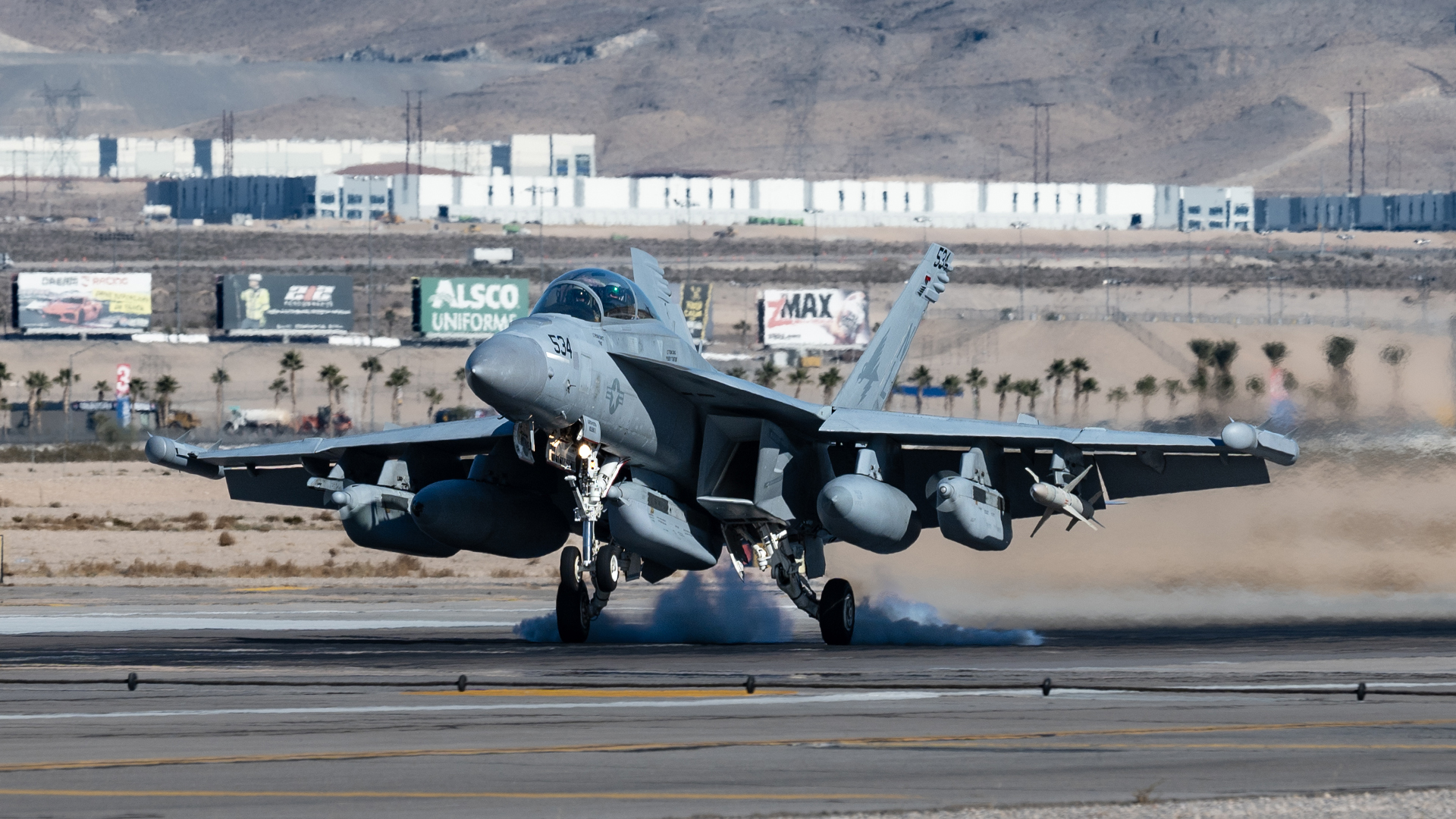
“We’ll be practicing the hub and spoke concept along with agile combat employment to sustain operations across four spokes for the duration of Bamboo Eagle,” said Col. Kevin Jamieson, commander of the 3rd Air Expeditionary Wing (AEW). As the host wing for four spokes – forward operating locations – the 3rd AEW is acting as the Bamboo Eagle mission command center, planning, directing and coordinating four fighter units and one airlift unit at the operational level. Overall, the exercise sees more than 150 aircraft from 24 units operating from 10 locations.
The four spokes, all of which are located closer to the airspace that is being used for the exercise, set up secure communications, ground refueling, air mobility teams, and aircraft security elements in preparation for the start of this eight-day Agile Combat Employment exercise. The inclusion of training in the eastern Pacific allows units to train in a combat representative environment and will incorporate scenarios in the maritime domain.
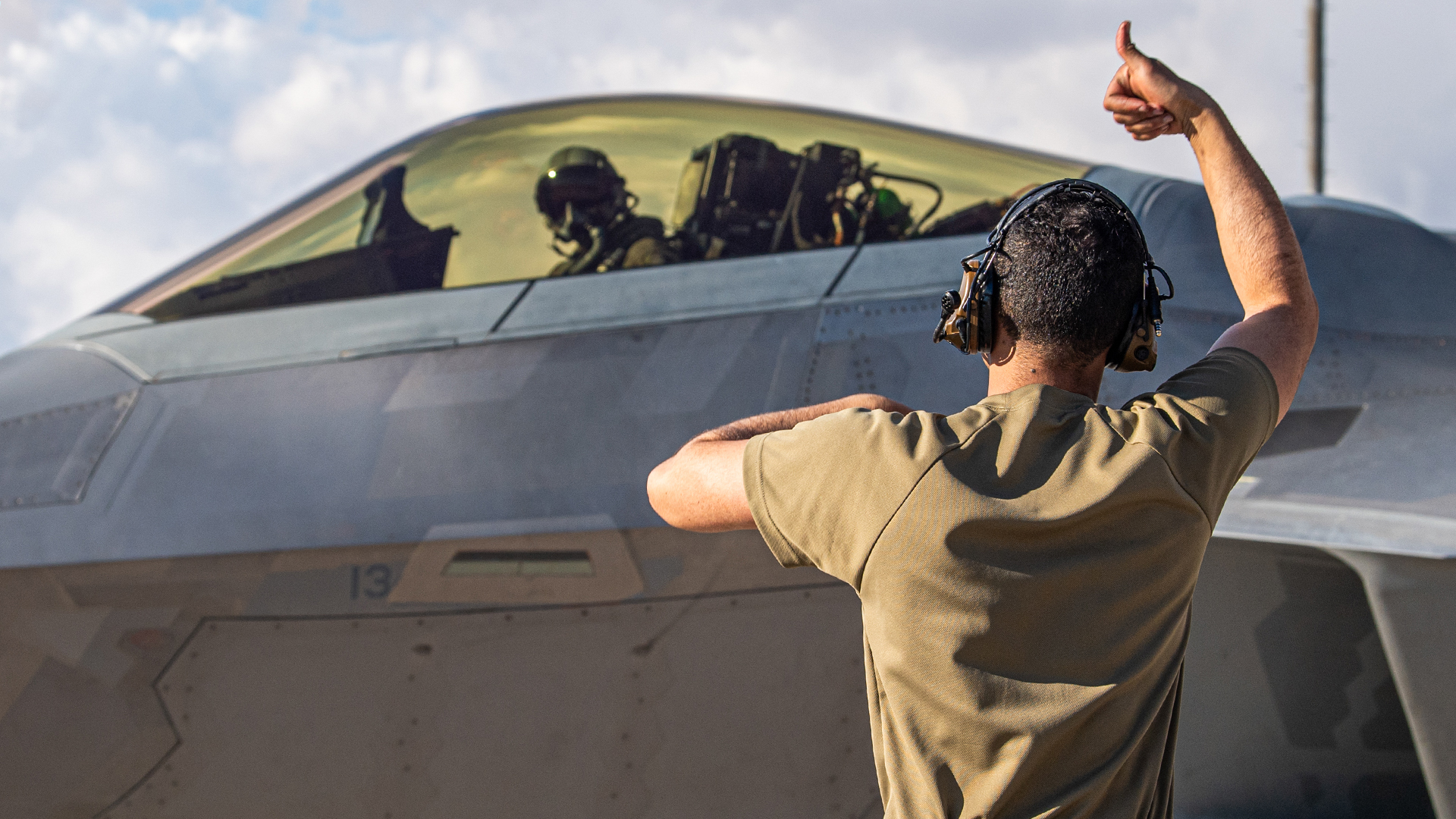
Lt. Col. Terry Fregly, commander of the F-22 Raptors of the 525th Expeditionary Fighter Squadron commander, led the squadron through Red Flag 24-1 operations at Nellis, which also serves as the hub for Bamboo Eagle, and is leading his unit’s operations at Naval Air Station North Island, California, another one of the spokes for Bamboo Eagle.
In a USAF news release, Fregly said Bamboo Eagle is crucial because it exercises concepts of distributed control, mission planning, and operations, which enable multiple fighter squadrons to disperse among various installations to complete missions on their own, at the direction of a geographically separated Wing Operations Center.
“Distributed control allows subordinate commanders to respond to changes in the operational environment and exploit emergent opportunities. This concept does not dilute the authority of the commander; rather, it proliferates that authority across a command,” the release added.
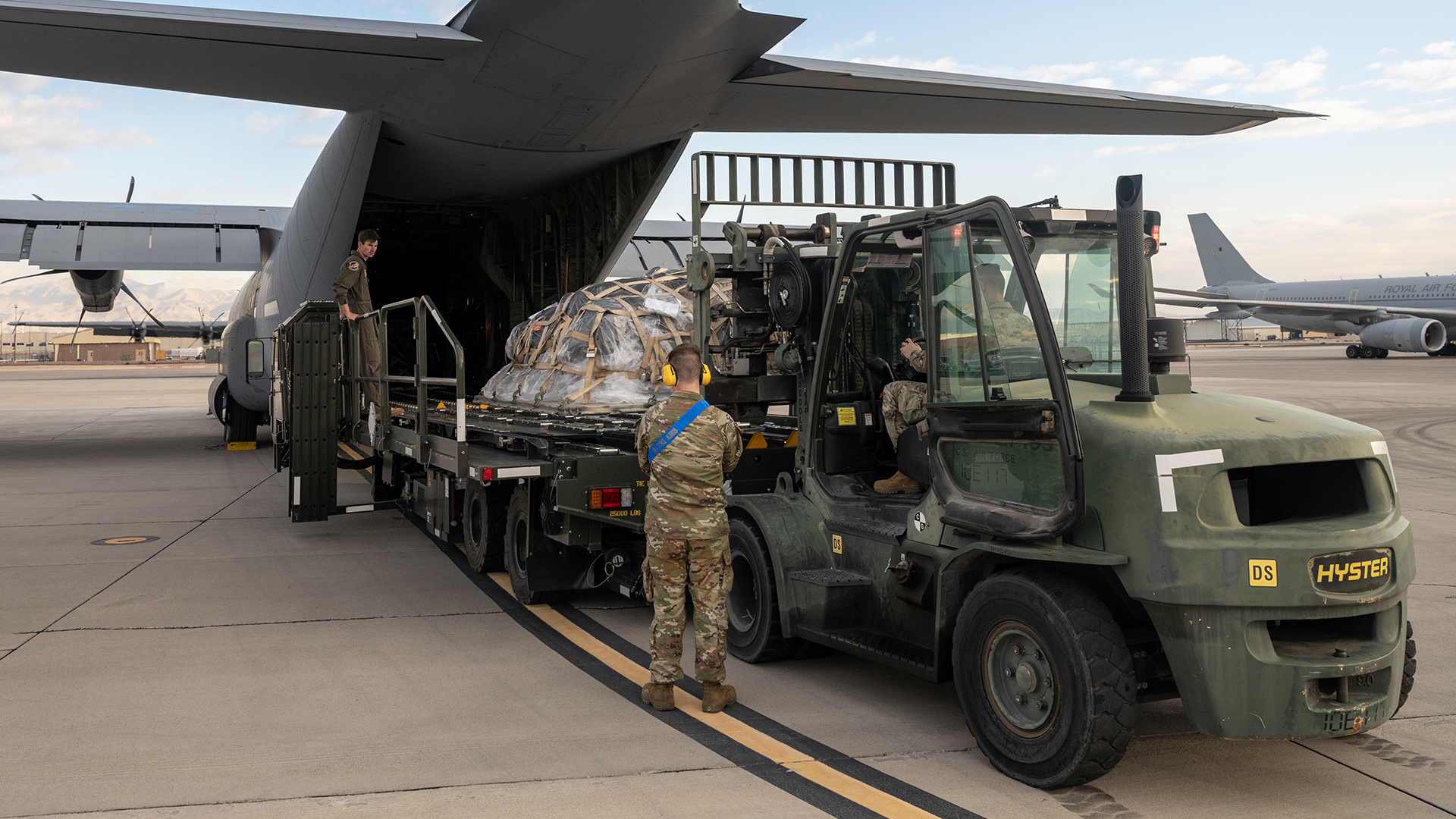
Weapons School at Nellis spearheads change
As evidenced in Bamboo Eagle, the USAF Warfare Center and the 57th Wing are evolving to meet the immediate needs of high-end warfighter training in both live and synthetic environments. The establishment of a second F-16 aggressor unit, and a similar squadron of F-35s is all geared towards providing a suitable threat-representative force for visiting units and resident test squadrons to pit themselves against in live flying missions.
Genuine concern at the prospect of a near-peer conflict underscores the mandate for Nellis to reside at the cutting edge of not just training, but also USAF capabilities as a whole. The Warfare Center and Nellis’ resident operational test units, such as the 422nd Test and Evaluation Squadron (TES), work with emerging technologies that are set to be commonplace in the USAF Combat Air Forces over the coming decade. This is likely to involve Collaborative Combat Aircraft (CCAs) in the future as the USAF develops these advanced drones to meet its requirement for affordable mass to complement manned combat aircraft and maintain air supremacy.
Developing this kind of technology in terms of tactics, techniques, and procedures will be right in Nellis’ wheelhouse. However, it will come with its own unique set of challenges for manned aircraft to operate with unmanned combat air vehicles within the confines of a range complex, as well as the need to protect the emerging technology and practices from foreign powers, even in the remoteness of the Nevada desert.
“The Virtual Test and Training Center [VTTC] provides an incredibly important synthetic environment here at Nellis. It has the ability to transcend geographic and airspace limitations, as well as replicate adversary, long-range air-to-air, and surface-to-air capabilities in advanced training scenarios. It also provides the ability to conceal tactics, techniques, and procedures for OPSEC purposes. We want to do some training within the confines of a synthetic environment, both from a tactics and capabilities standpoint and in relation to technology that is going to be involved in the advanced fight. I see a very promising future for the synthetic environment, and that’s why we are particularly excited about the VTTC here at Nellis.”
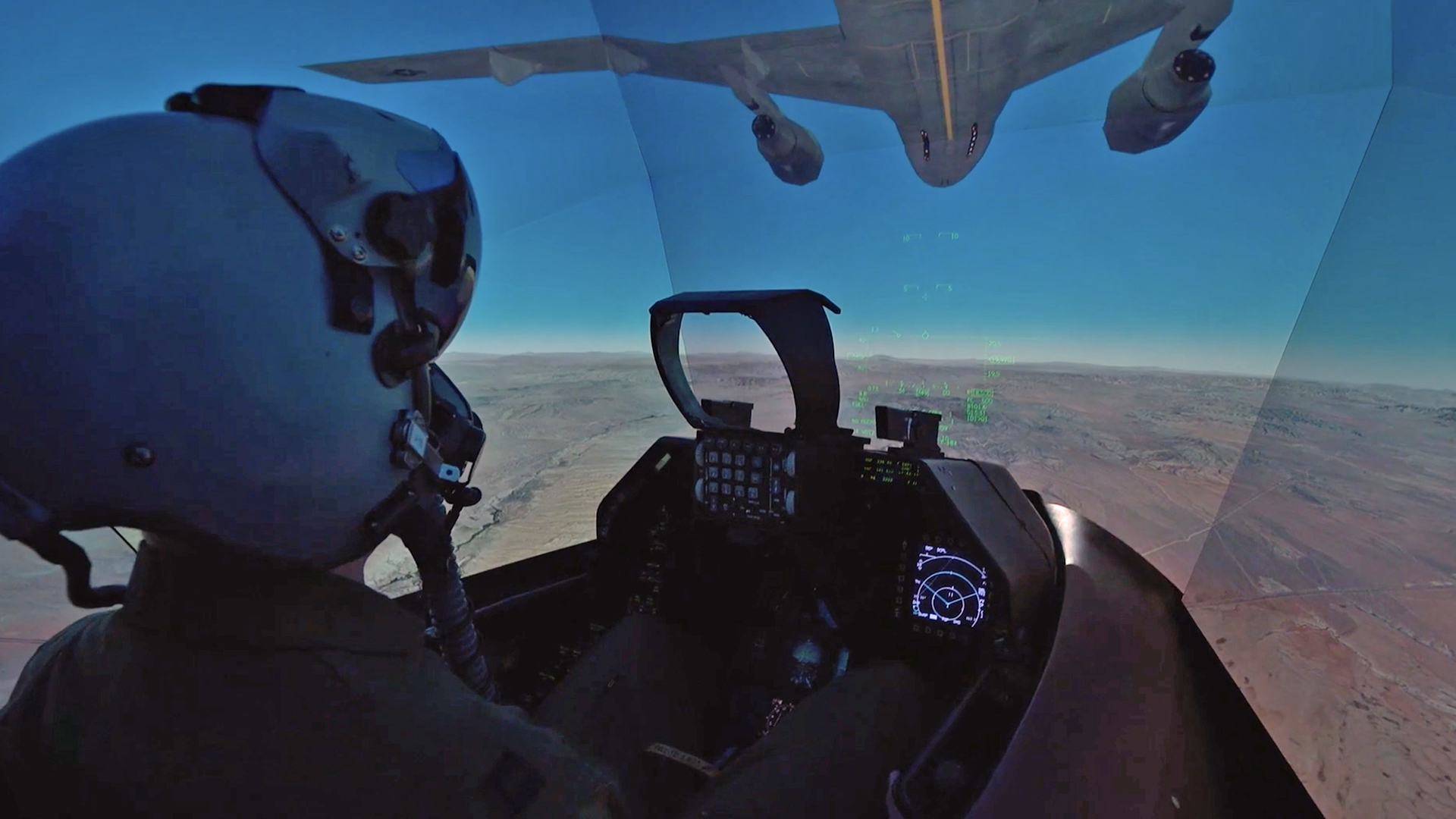
“We are focusing on the synthetic environment to make it as good as it can possibly be, while at the same time ensuring the ranges and live fly experience are as good as they can be for our training audiences. The concept of the synthetic environment through the VTTC takes simulators to a new level of integration in a high-fidelity joint synthetic environment. But we still need to live-fly. Our maintainers still need to generate aircraft, we need those skill sets. We need to exercise the supply chain to keep the aircraft flying. However, the role of advanced training in the synthetic environment will be incredibly important.”
With the likes of the Next Generation Air Dominance (NGAD) crewed fighter aircraft, and the unmanned CCAs, Nellis will inevitably play a crucial role in ensuring success, although no decisions or announcements have been made regarding NGAD and CCA basing. However, the development of and training with these systems will likely play out significantly in the live and synthetic environments at Nellis, both of which must work in harmony and where the success of which rests on the shoulders of team Nellis, including the USAFWC and the Weapons School.
As the USAF Weapons School looks towards its 75th anniversary, it does so preparing for some of the biggest changes in air warfare in a generation. One can imagine live-fly exercises blended with virtual wars being played out in advanced battle laboratories, with perhaps pilots in cockpits inside the VTTC controlling virtual swarms of mesh networked drones.
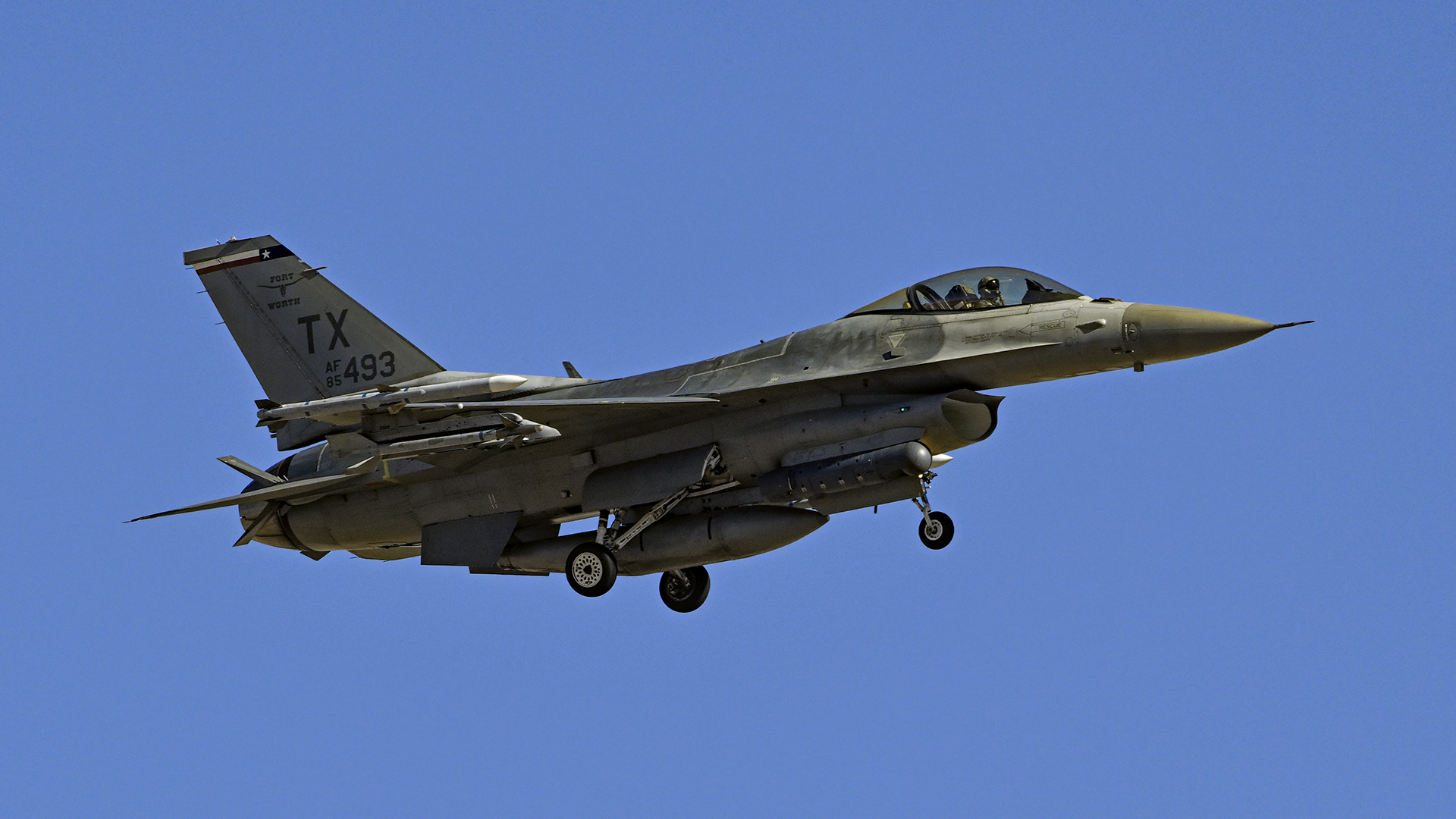
Nellis is declared the “Home of the Fighter Pilot” — but at this base in North Las Vegas, the stakes are growing higher. “The future of the USAF combat air force” is perhaps a more apt moniker for Nellis, that will play out in live and hidden synthetic worlds.
Case in point, Bamboo Eagle was rehearsed in the virtual world in December 2023, and it is now being flown as a live exercise, and designed to stress U.S. and partner air forces in a manner that will replicate a potential conflict in the Pacific.
“We have an entire team at Nellis that’s dedicated to providing the most representative, realistic, threat environments. They look at ways to create those to keep us honest with regards to our warfighting capabilities,” says Gen. Goodman. “If we’re not training correctly, we’re going to learn the wrong lessons. We need the high-fidelity training environment to ensure that we’re not setting ourselves up for failure either through overconfidence or by being too restrictive — we rely on that truth data.”
Contact the editor: tyler@thewarzone.com
